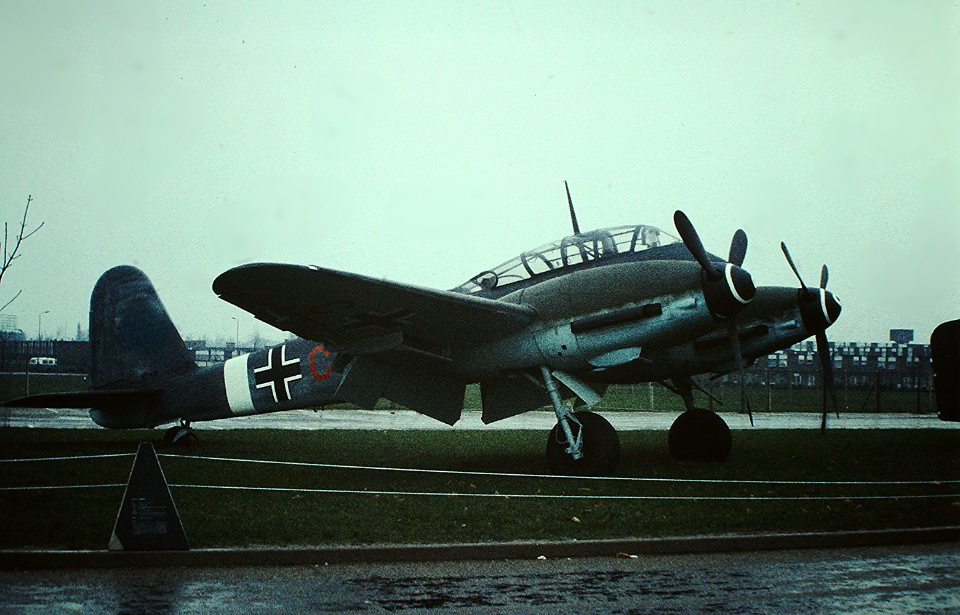The Messerschmitt Me 410 Hornisse was a German twin-engine heavy fighter and bomber destroyer operated by the Luftwaffe during the Second World War. Designed as an improvement upon the Messerschmitt Me 210, it was a highly successful aircraft against Allied bombers. However, it proved to be no match for smaller and lighter fighters.
Development of the Messerschmitt Me 410 Hornisse
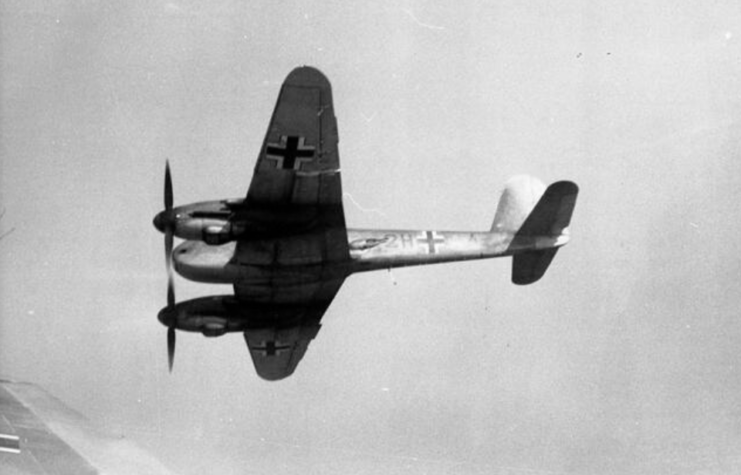
The Messerschmitt Me 210’s development began in 1939. However, the aircraft had significant issues and production was halted after just 90 had been delivered to the Luftwaffe, along with 108 Hungarian-built variants. Modifications were made, resulting in the Me 210C and 210D models, which brought about some improvements.
Despite this, the aircraft as a whole was still aerodynamically flawed. There was another attempt to improve upon the design with the Me 310, but this was in vain. In need of something that would work, the decision was made to develop a new aircraft: the Me 410 Hornisse.
Messerschmitt Me 210 vs. Me 410 Hornisse
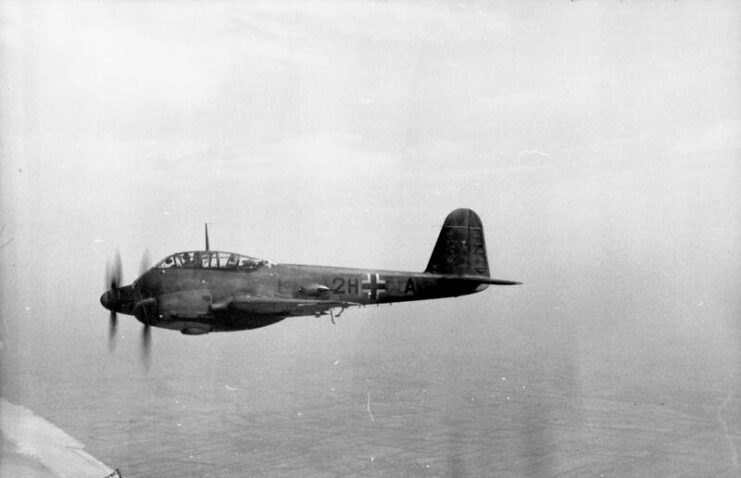
The overall design of the Me 410 Hornisse was seemingly identical to the Me 210. The greatest difference came with the change to Daimier-Benz DB 603A engines. These provided the Me 410 with a significant increase in horsepower, allowing the aircraft to reach higher speeds, as well as achieve a greater rate of climb and a higher service ceiling.
Messerschmitt Me 410 Hornisse specs
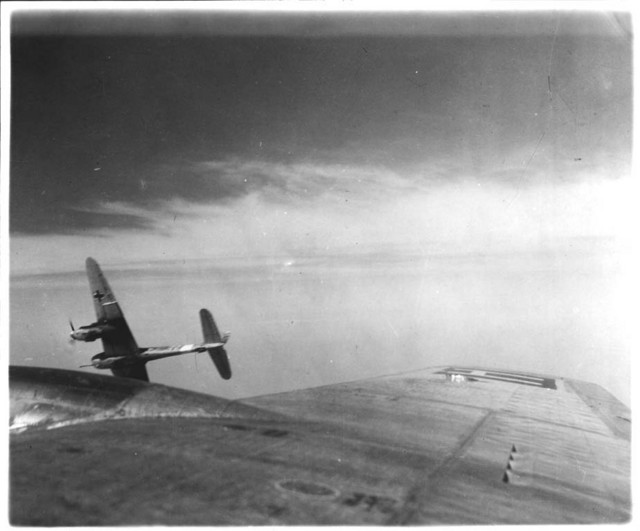
The Me 410 Hornisse‘s overall design made for a less-than-attractive aircraft. A central tandem cockpit for a crew of two sat above the wings, with a canopy broken up into panels. The engines were positioned on either wing, reaching ahead of the main fuselage. The Me 410’s name was accurate, as the overall design does, in fact, look like some kind of insect.
Introduction as a night fighter

The Me 410 Hornisse initially operated as a fighter, proving successful in eluding Royal Air Force (RAF) own night fighters. The first Luftwaffe unit to operate the aircraft over the United Kingdom was V./KG 2, which lost its first one on the night of July 13-14, 1943, after being shot down by a de Havilland Mosquito flown by the No. 85 Squadron RAF.
No match for the Allies’ fighter aircraft
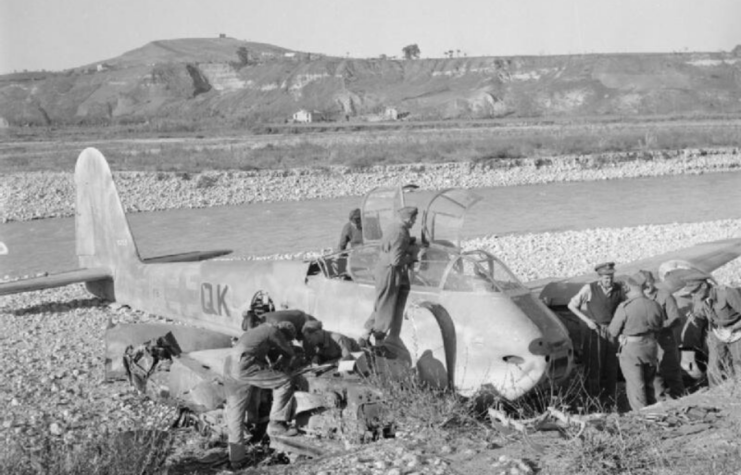
However, the Me 410 Hornisse couldn’t match the agile, light and fast Allied fighters, such as the Supermarine Spitfire and North American P-51 Mustang. In 1944, formations came up against large groups of Allied fighters escorting bombers. They usually took the form of fighters flying ahead of the bombers, clearing the skies of any Luftwaffe aircraft in their path. These encounters saw the Me 410’s success rate drop.
On March 6, 1944, 750 heavy bombers with the 8th Air Force and their fighter escort came up against Me 410s accompanied by Messerschmitt Bf 109s and Focke-Wulf Fw 190s. The encounter concluded in the Americans’ favor. Eight Boeing B-17 Flying Fortresses were downed, and four P-51s taken out by Bf 109s and Fw 190s. In comparison, 16 Me 410s were shot down by the American fighters.
Another example, on April 11, 1944, saw Me 410s down 10 B-17s while suffering no losses. Of note, however, was that there wasn’t any resistance from an escort. A second attack later that day saw the Luftwaffe aircraft intercepted by American fighters. Allied P-51s claimed eight Me 410s and three Bf 110s, killing 16 airmen and wounding three.
By mid-1944, the Me 410 was removed from defense duties and placed in a reconnaissance role, with some seeing service during the Battle of Normandy. Having fallen out of favor, production of the aircraft was ceased, in favor of heavy fighters.
While it had initial success against unescorted bombers, the Me 410 was ultimately no match for the faster Allied fighters.
